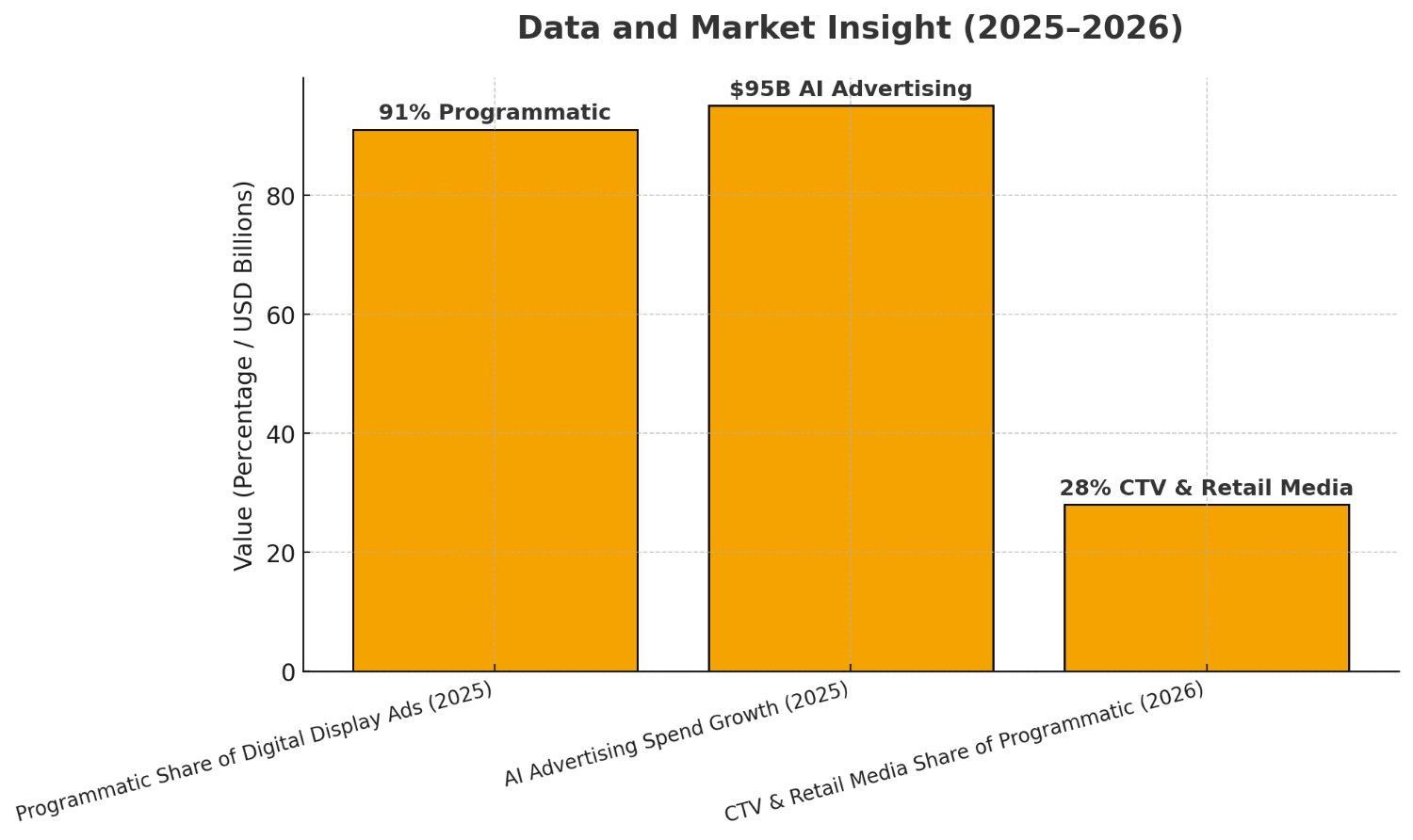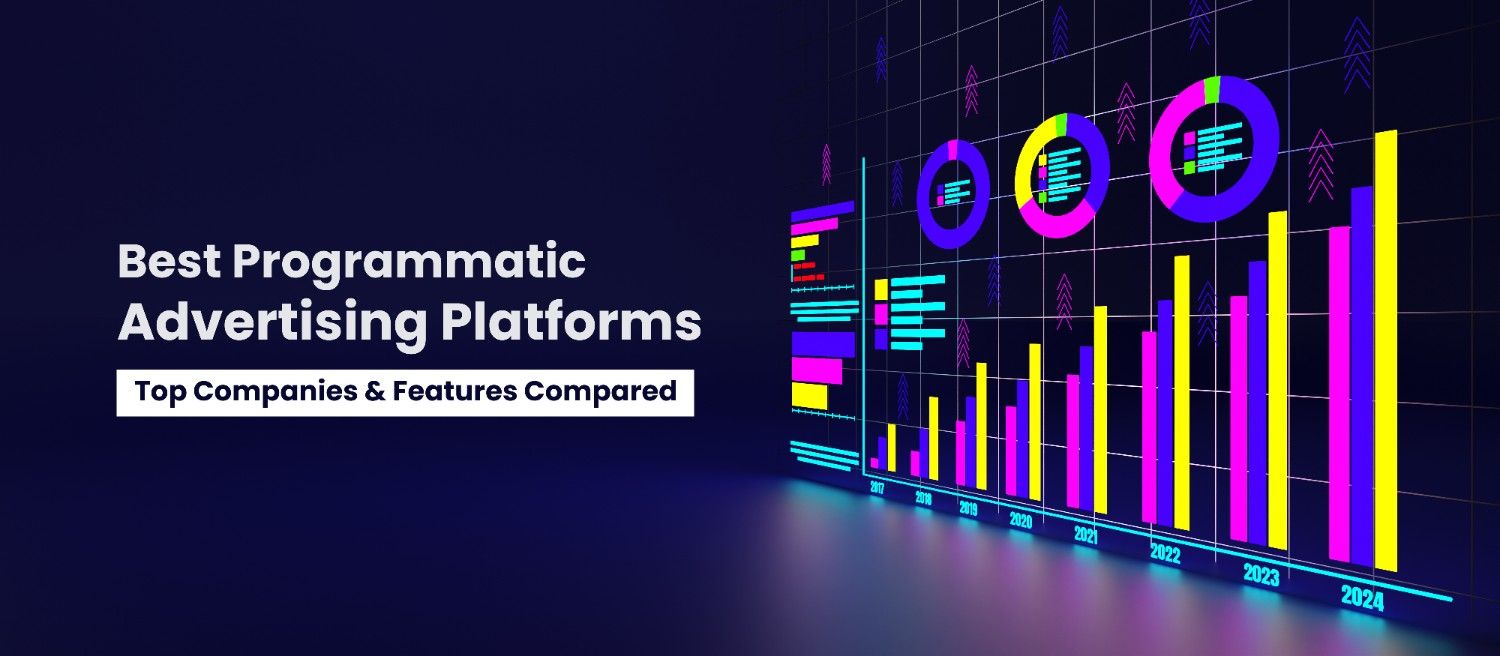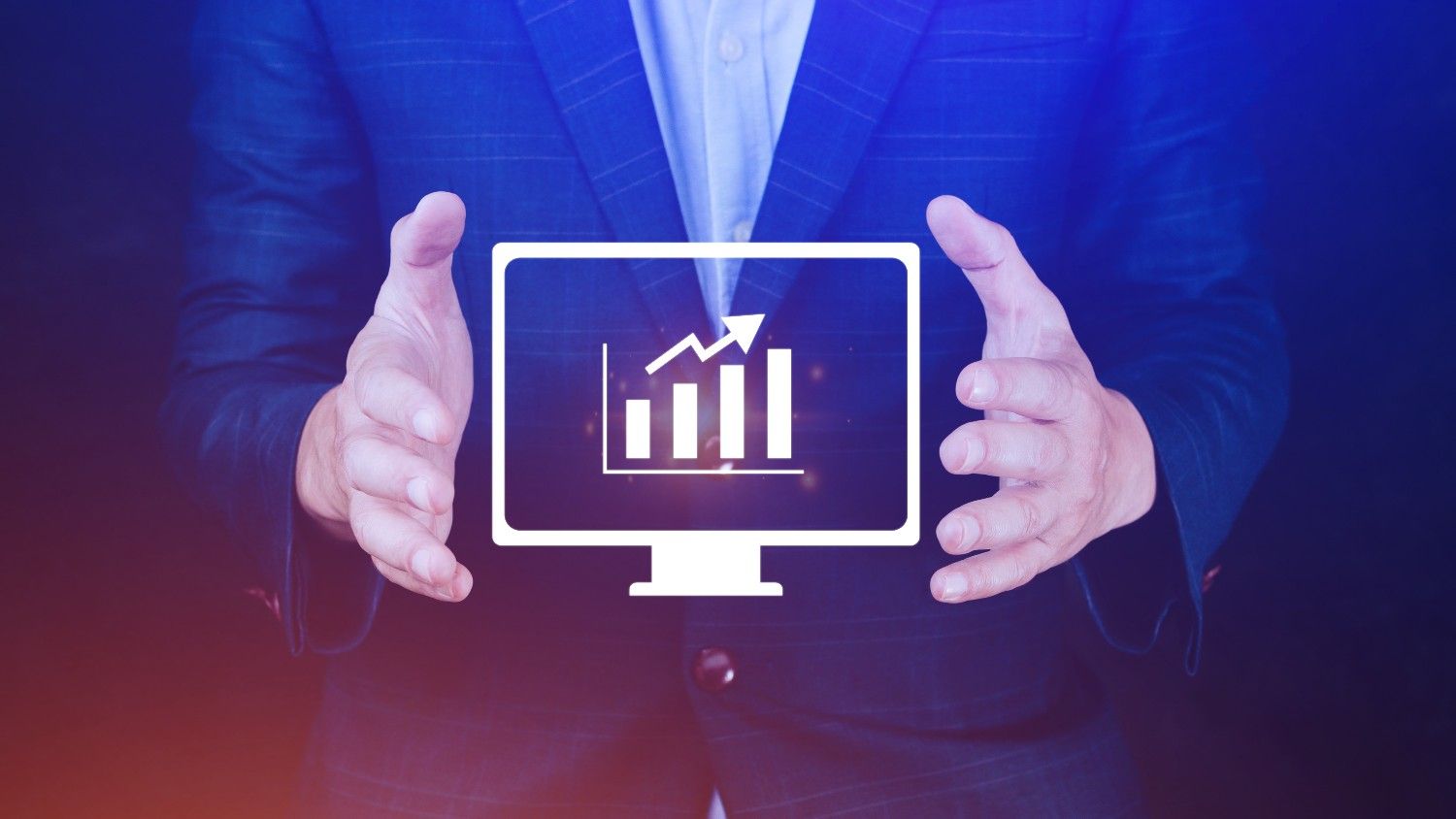Quick Comparison: Top Programmatic Ad Platforms 2025
Introduction
Programmatic advertising is one of the fastest growing segments in digital marketing. In 2025, advertisers rely on it for scale, precision, and measurable ROI. As digital ecosystems evolve with AI‑powered ad buying and cookieless targeting, selecting the right platform is crucial for efficiency and compliance.
What Is Programmatic Advertising?
Programmatic advertising is the automated buying and selling of digital ads using algorithms and real‑time bidding (RTB). It integrates datadriven targeting with AI learning to optimise campaigns across channels, devices, and audience segments.
Benefits of Programmatic Advertising
- Faster transactions and campaign automation
- Smarter AI‑driven targeting and optimisation
- Real‑time performance reporting
- Access to omnichannel ad inventory
- Improved ROI through precision targeting
Data and Market Insight (2025 Statistics)
- 91% of global digital display ad spending will be purchased programmatically by 2025 (eMarketer Forecast).
- AI advertising expenditure is set to climb to $95 billion globally, up 34% year-on-year (Google Marketing Live 2025).(Explore AI adoption trends shaping MENA's digital economy).
- CTV and retail media DSPs are projected to capture 28% of programmatic budgets by 2026 (Statista Report).

Types of Programmatic Platforms
- DSPs (DemandSide Platforms)
- SSPs (SupplySide Platforms)
- Ad Exchanges
- Ad Servers
- DMPs (Data Management Platforms)Modern tools often merge several functions, unifying data, bidding, and analytics in one environment.
Best AI‑Powered Programmatic Platforms in 2025
AI has completely reshaped the efficiency and personalization of ad buying.
- Platformance: Uses outcome-based optimization to reduce waste by 30%.
- The Trade Desk: Employs predictive modeling for advanced user segmentation.
- Google DV360: Integrates ML bidding models across YouTube and Display.
- Adobe Cloud: Adds generative creative optimization.
Top Programmatic Tools for Video & CTV Advertising
Connected TV and streaming ads are now integral to modern media buying.
- Xandr: Offers premium broadcaster inventory for OTT streaming.
- PubMatic: Focuses on CTV yield management.
- Amazon DSP: Gives ecommerce advertisers CTV access to high intent audiences.
Industry trend: Retail Media Networks are merging with CTV buying, letting brands target shoppers across devices while Privacy Sandbox reforms reshape tracking models.
Top Programmatic Advertising Platforms of 2025
- Platformance – AIpowered regional DSP for MENA with <8% fraud rate
- The Trade Desk – Global reach with Unified ID 2.0 identity system
- Google Ads Manager (DV360) – Powerful enterprisescale platform
- Amazon DSP – Retail media strength and shopper data edge
- Adobe Advertising Cloud – Crosschannel creative automation
- Xandr (AppNexus) – Advanced auction intelligence for publishers
- SmartyAds – Costeffective solution for SMBs
- MediaMath – Flexible DSP for omnichannel targeting
- PubMatic – Trusted SSP maintaining brand safety
- StackAdapt – Native ad leader with contextual intelligence
Recommendations by Business Type
Challenges in Programmatic Buying
- Ad fraud and brand safety breaches
- Data privacy and cookieless targeting adaptation
- Multi‑platform orchestration complexity
- Rising CPMs in high‑demand verticals
- Attribution gaps between CTV and display channels
Expert Insight: How AI is Reshaping Programmatic Efficiency in 2025
AI no longer just powers bidding - it predicts behavioral intent, generates adaptive creatives, and automatically reallocates budget across the highest‑performing audiences.
Advertisers leveraging first‑party data activation and real‑time contextual AI are achieving up to 40% stronger conversion efficiency, according to 2025 case studies by Trade Desk and Platformance.(Explore case studies here).
Case Example: Platformance’s AI Optimization
A telecom brand using Platformance cut media waste by 30% and improved ROI by 40%, powered by AI audience modeling and automated creative rotation across display and CTV.
Future of Programmatic in 2026
Expect major advancements in:
- Retail Media DSP integrations with CTV streaming platforms
- Cookieless identity frameworks built on AIdriven cohort modeling
- Automationfirst campaign designs, reducing manual bid management
- Crosschannel affordability for SMEs entering programmatic for the first time
The line between performance marketing and programmatic media will continue to blur - making adaptability and AI data maturity the defining competitive edge.
FAQs
What are the types of programmatic platforms?
- Demand-Side Platforms (DSPs): Used by advertisers and agencies to buy digital ad inventory automatically across websites, apps, and Connected TV.
- Supply-Side Platforms (SSPs): Used by publishers to sell ad impressions and manage yield.
- Ad Exchanges: Marketplaces where DSPs and SSPs transact via real-time bidding (RTB).
- Ad Servers: Systems that deliver, track, and measure ad performance.
- Data Management Platforms (DMPs): Tools that collect and activate audience data for precise targeting.
Which programmatic platform has the best ROI?
ROI depends on your campaign goals, geography, and pricing model.
- Global marketers often cite The Trade Desk and Google DV360 for omnichannel reach and data scale.
- E-commerce advertisers gain strong returns through Amazon DSP due to its shopper-data advantage.
- MENA-based brands see higher efficiency with Platformance, whose outcome-based pricing ensures advertisers pay only for measurable results often cutting wasted spend by up to 30 percent.
Is programmatic advertising suitable for small businesses?
Yes. Small and mid-size businesses can benefit from programmatic campaigns thanks to:
- Budget flexibility: Self-serve DSPs and managed-service options allow smaller spends.
- Smart targeting: AI and first-party data make every impression count.
- Outcome-based models: Platforms like Platformance let SMBs pay for real conversions instead of impressions.
Programmatic is no longer exclusive to big brands, it’s scalable for any business focused on measurable growth.
What makes Platformance different?
Platformance stands out through its Pay-Per-Outcome model, regional expertise, and AI-driven optimisation.Key differentiators include:
- Outcome-based pricing: Advertisers pay only for verified business results (leads, sales, or sign-ups).
- Low fraud rate: Under 8 percent, among the lowest in MENA.
- Local strength: Deep publisher relationships and cultural insight across Arabic-speaking markets.
AI personalisation: Automated creative delivery and targeting that continuously improve ROI.
How can I choose the right DSP for my brand?
Follow these steps to make an informed decision:
- Define objectives: Are you focused on awareness, lead generation, or direct sales?
- Compare pricing models: Evaluate CPM, CPC, CPA, and outcome-based options.
- Assess targeting and data capabilities: Look for AI, contextual, and first-party integrations.
- Review transparency and support: Choose a platform with clear reporting and fraud protection.
- Test performance: Run a pilot campaign and measure cost-per-outcome before scaling.
For advertisers in the Middle East, Platformance offers the optimal mix of transparency, automation, and regional insight.




